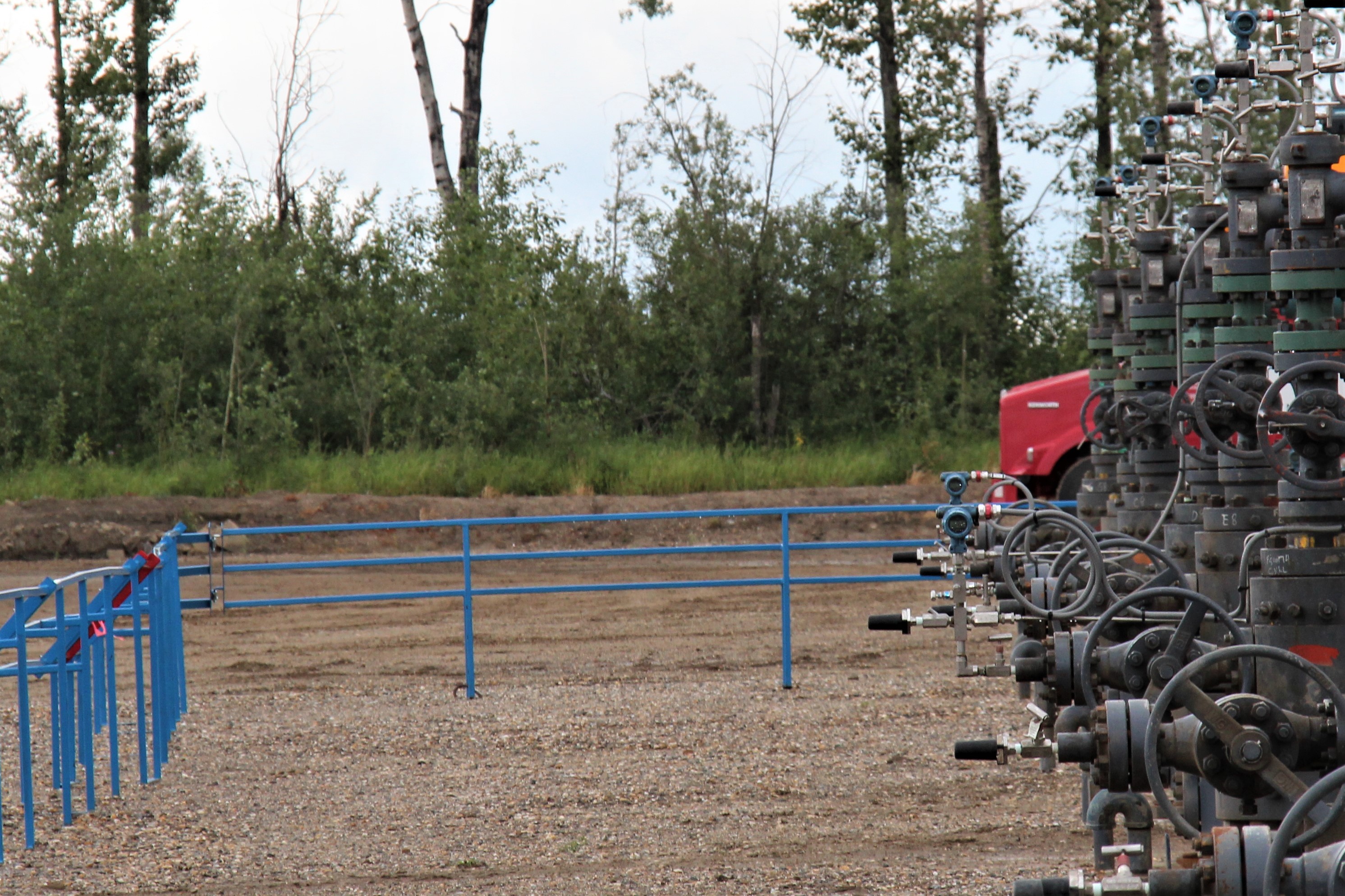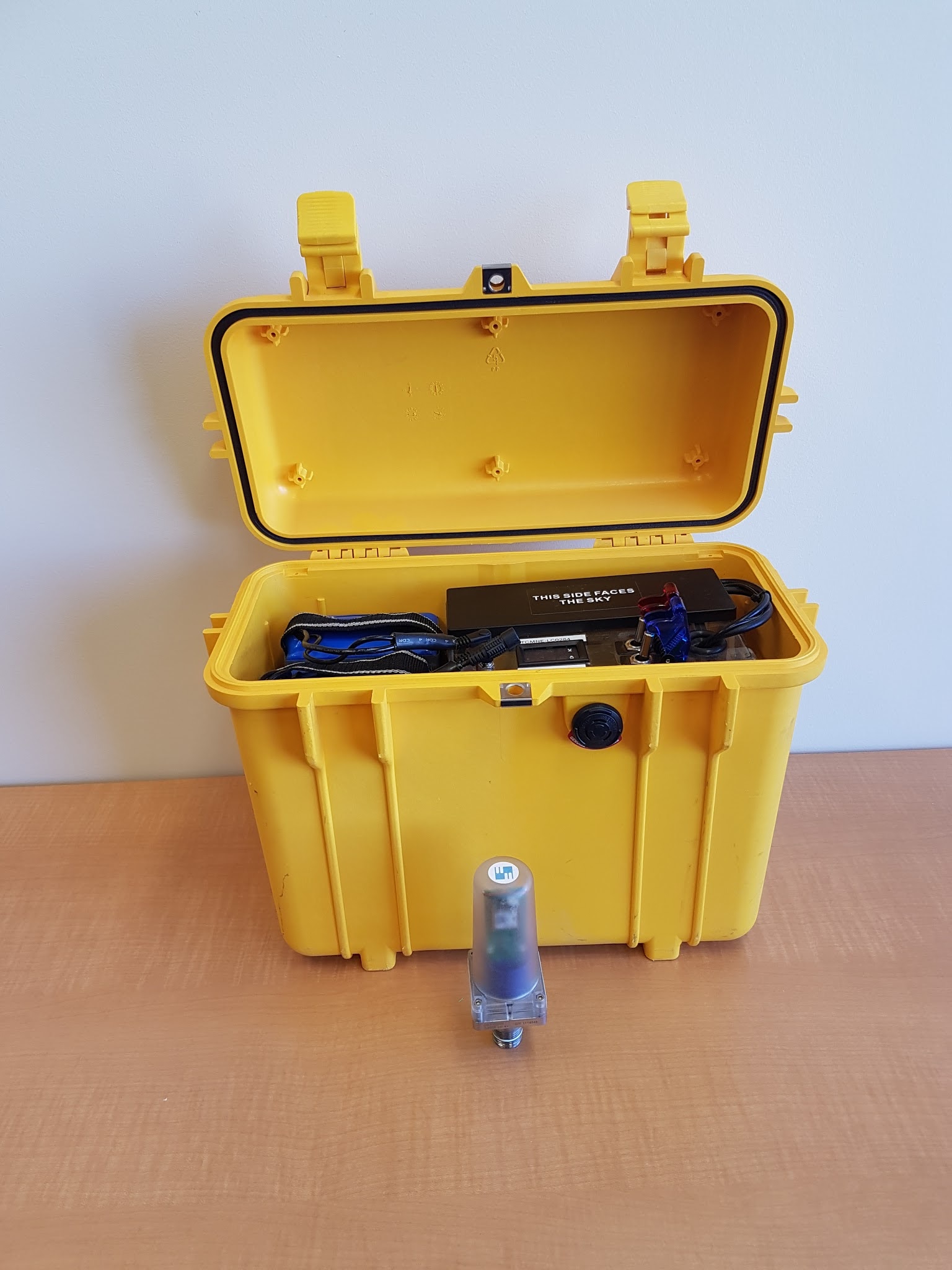The Importance of Offset Well Monitoring
Hydraulic fracturing has become an increasingly popular method for extracting oil and gas resources. While this technology allows us to access formerly unattainable resources, conventional producers are left to wonder what effects the fracking process will have on their existing assets. In short, how can unconventional producers operate responsibly and safely?
In Oklahoma, news outlets have been reporting that vertical wells are being damaged by "Frack hits" (cross-communication of pressure from the Fracking well to existing wells in the Frack zone). According to a recent article published by The Oklahoman, "at least 450 conventional verticals wells" have been damaged economically due to horizontal fracturing in the area (link to original article).
How do we, as an industry, continue to pursue innovations in technology and improved extraction techniques, while also balancing our corporate social responsibility and our commitment to safety and the environment? This dilemma that has plagued the industry for many years. In our opinion, the answer rests with awareness. Being able to develop improved operating protocols depends on our ability to collect and analyze data - and we can't analyze what we don't monitor.
Offset well monitoring (recording pressures of existing wells in the vicinity of hydraulic fracturing activities) provides an opportunity for all stakeholders to rest easy. There are several benefits to monitoring offsetting wells during a Frack, including:
- Sudden, unexpected changes in pressure can warn of potential frack hits
- Data can be analyzed to determine whether or not existing wells will require maintenance post-Frack
- Operators can anticipate whether a producing well was likely "hit" and notify the appropriate departments sooner, limiting negative financial impacts from lost production
- Companies can produce records that wells were monitored as proof of due diligence, to confirm that their Frack did not communicate with a neighboring well (or vice-versa)
- Operators maintain regulatory compliance, as applicable (AER Directive 083 and Enform's IRP 24)
Oftentimes, existing wells do not have the infrastructure in place to monitor pressure in real time, if they have infrasture in place at all. In the Completions world, real time pressure monitoring, particularly during hydraulic fracturing operations, is essential and shouldn't be considered a luxury.
At Abra, we specialize in rapidly deploying a real-time, wireless pressure monitoring solution on offset wells. We are proud to work with industry leaders and forward-thinking operators to improve the overall safety climate of the industry, while simultaneously providing completions departments with accessible, real-time well data which can be analyzed on the spot, allowing for course corrections and adjustments to operations as required. Our cost-effective solution features:
- Customizable pressure alarms for both low and high-pressure thresholds
- Adjustable notification preferences including shift selection (make sure the right shift leader is notified)
- Sample rates from 1 sample per second (because a lot can happen in 15 minutes)
- Immediate access to real-time charts, with the option to view multiple wells on a single viewing screen
- Easily accessible and downloadable data files (no middlemen to go through!)
- Professional reports to demonstrate due-diligence


For us, offset well monitoring is a no-brainer: operators obtain valuable data and records of due diligence; producers protect their assets and obtain records of unusual pressure activity for analysis; and the community rests easier knowing the industry takes its commitment to environmental protection seriously.
To learn more about our innovative offset well monitoring solution and for pricing information contact our sales department!

{{ 'Comments (%count%)' | trans {count:count} }}
{{ 'Comments are closed.' | trans }}